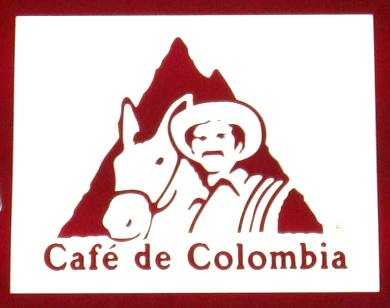BOGOTA – Coffee from the Coffee Cultural Landscape of Colombia ( CCLC ) has been extremely well received in the demanding and competitive Japanese market.
Nearly 42 million cans of Boss Colombia Traditional Blend, a cold beverage made with coffee from the CCCL,have been sold since its launch in Japan. This is particularly significant given that average sales for new products launched in this reach around 27 million cans.
Boss Colombia Traditional Blend bears the stamp of the Coffee Cultural Landscape as a tribute to the coffee producers from the 51 municipalities that comprise this region in the central highlands of Colombia, which was declared a World Heritage Site by UNESCO.
The drink is marketed by Suntory, the second largest beverage company in Japan, and can be found in thousands of vending machines and in convenience stores known as konbini.
These results reflect the efforts of the alliance between the Colombian Coffee Growers Federation (FNC) and Suntory to position the CCLC´s coffee in Japan as a unique product whose commercialization generates greater income to the region´s coffee growers.
Source: FNC
About CCLC
The Coffee Cultural Landscape of Colombia (CCLC) is a continuing productive landscape consisting of a series of six sites, which integrate eighteen urban settlements. The property illustrates natural, economic and cultural features, combined in a mountainous area with collaboratively farmed coffee plantations, some of these in clearings of high forest.
The CCLC is the result of the adaptation process of Antioquian settlers, who arrived in the 19th century, a process which persists to this day and has created an economy and culture deeply rooted in the coffee production tradition.
Coffee farms are located on steep mountains ranges with vertiginous slopes of over 25% (55 degrees), characteristic to the challenging coffee terrain.
These unusual geographic features also affect the small orthogonal plot layouts, and influence the architectural typology, lifestyle and land-use techniques of the cafeteros (coffee farmers).
The distinctive way of life of the cafeteros is based on legacies that have been passed down from generation to generation, and is linked to their traditional landownership and the distinctive small farm production system.
The typical architecture in the urban settlements is a fusion between the Spanish cultural patterns and the indigenous culture of the region adapted as well to the coffee growing process, through for example their sliding roofs.
Houses function as both dwelling units and centers of economic activity, with walls built in the traditional, more flexible and dynamic ‘bahareque’ constructive system, and covered by a layer of bamboo well known for its resistance and malleability. Over fifty percent of the walls are still built using this traditional method.

















